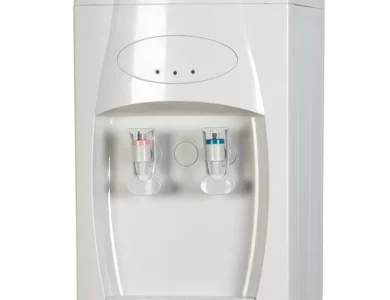The Art of Precision: Mastering Shot Timers in Shooting Sports
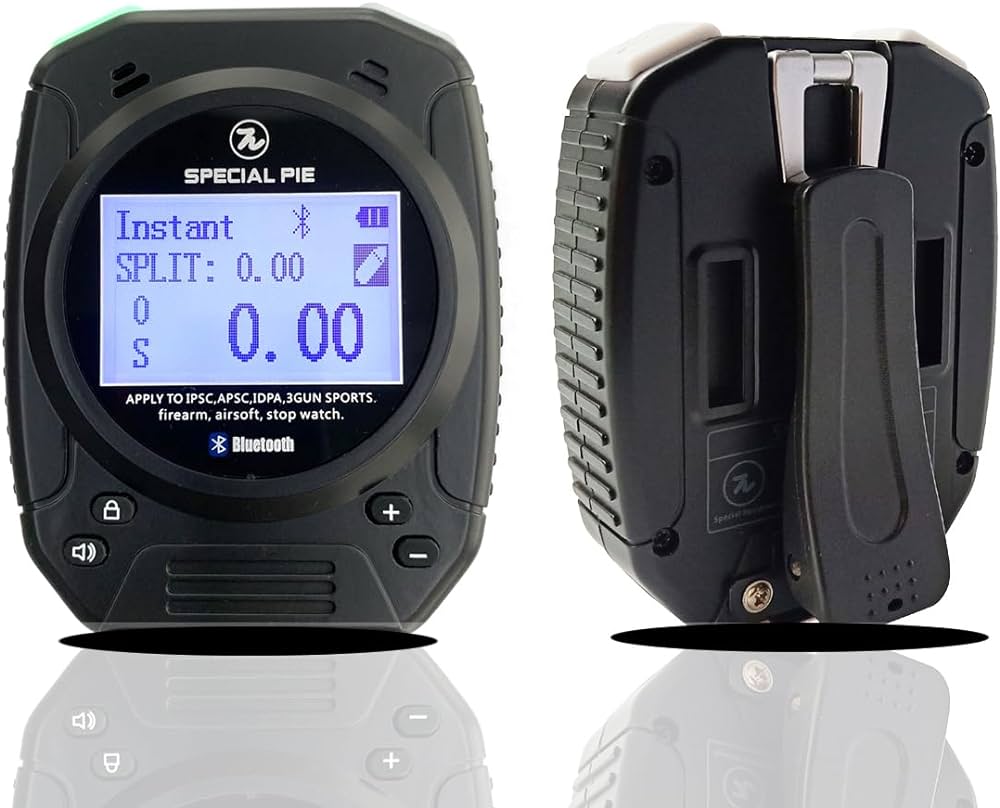
Shot timers are electronic devices that measure and record the elapsed time between the start signal and each shot fired, providing shooters with invaluable data for analysis and improvement. Whether you’re a seasoned marksman or a passionate enthusiast, incorporating shot timers into your training regimen can significantly elevate your skills, foster discipline, and ultimately, give you a competitive edge.
In this comprehensive blog post, we’ll explore the intricacies of shot timers, their essential features, techniques for mastering their use, and strategies for leveraging them to achieve peak performance in shooting sports.
Improving Accuracy with Shot Timers

Identifying Shooting Rhythm
One of the primary advantages of IPSC shot timer is their ability to help shooters identify and refine their shooting rhythm. A consistent rhythm is crucial for maintaining accuracy, as it allows shooters to develop muscle memory and execute each shot with precision. By analyzing the time intervals between shots, shooters can pinpoint any deviations from their optimal rhythm and make necessary adjustments.
Evaluating Split Times
In addition to overall shooting rhythm, shot timers provide detailed insights into split times – the elapsed time between individual shots. This data can be invaluable in identifying areas for improvement, such as faster target acquisition, smoother trigger press, or more efficient reloading techniques. By analyzing split times, shooters can identify patterns and make adjustments to their technique, ultimately enhancing their overall accuracy and speed.
Quantifying Performance Improvements
Shot timers offer a quantifiable way to measure progress and track performance improvements over time. By recording and comparing split times and overall times across training sessions, shooters can objectively assess their progress and make data-driven decisions about their training approach. This level of quantitative feedback can be a powerful motivator and a valuable tool for setting and achieving specific performance goals.
Essential Shot Timer Features for Competitive Shooters
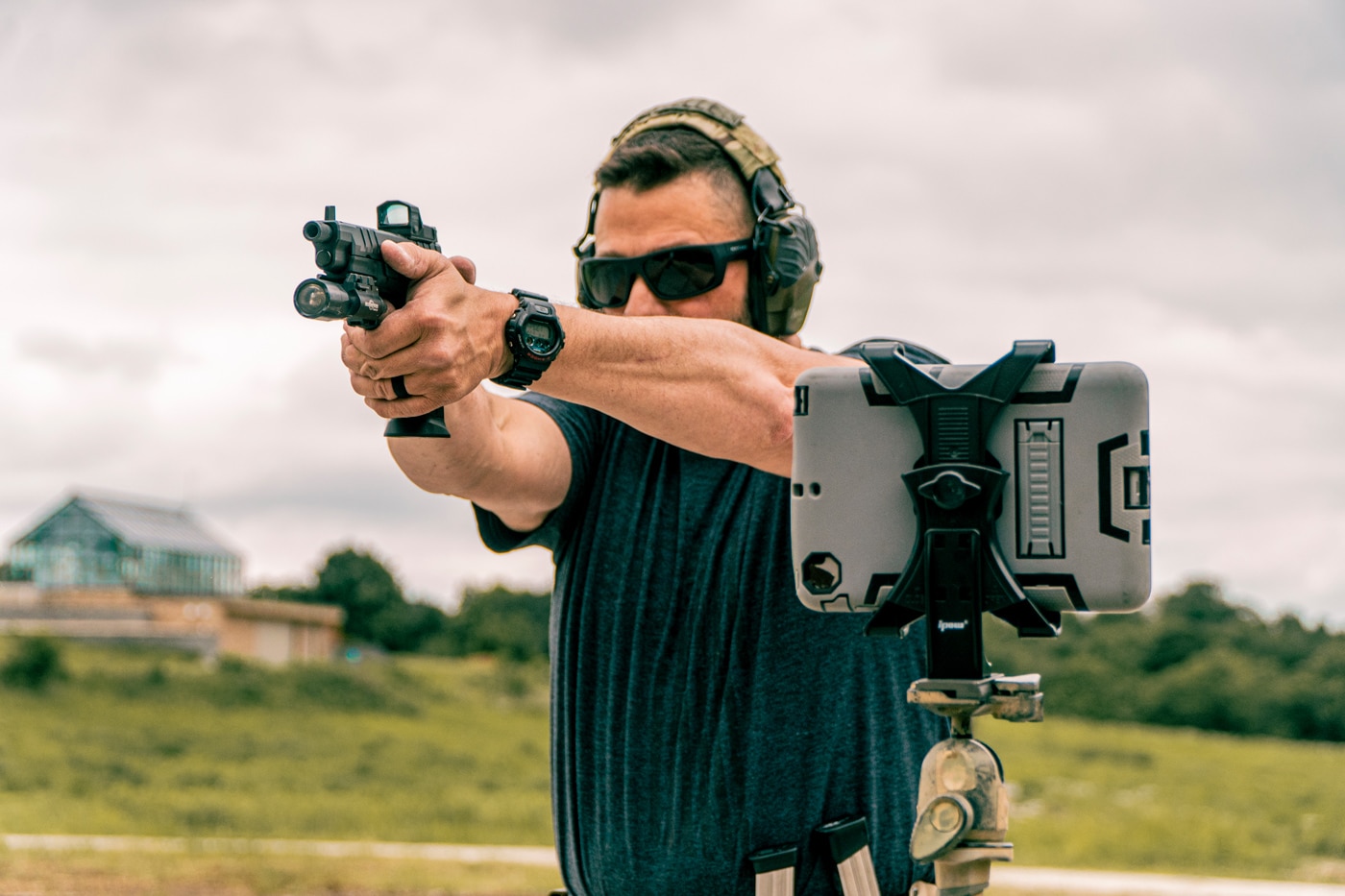
Precision Timing
At the heart of any shot timer lies its ability to accurately measure and record time intervals. Top-tier shot timers boast precise timing capabilities, often measuring down to the millisecond, ensuring that even the smallest variations in performance are captured and analyzed. This level of precision is crucial for competitive shooters seeking to refine their technique and optimize their performance.
Customizable Start/Stop Signals
Effective shot timers offer a range of customizable start and stop signals, catering to different shooting disciplines and training scenarios. These signals can include audible tones, voice commands, light sensors, or even shot-activated triggers. By tailoring the start and stop signals to their specific needs, shooters can simulate real-world scenarios and better prepare for the rigors of competition.
Data Logging and Analysis
Advanced shot timers often come equipped with data logging and analysis capabilities, allowing shooters to store and review their performance data for in-depth analysis. This feature enables shooters to identify patterns, track progress, and make informed decisions about their training approach. Some shot timers even offer integrated software or mobile applications for seamless data transfer and analysis on various devices.
Choosing the Right Shot Timer for Your Discipline
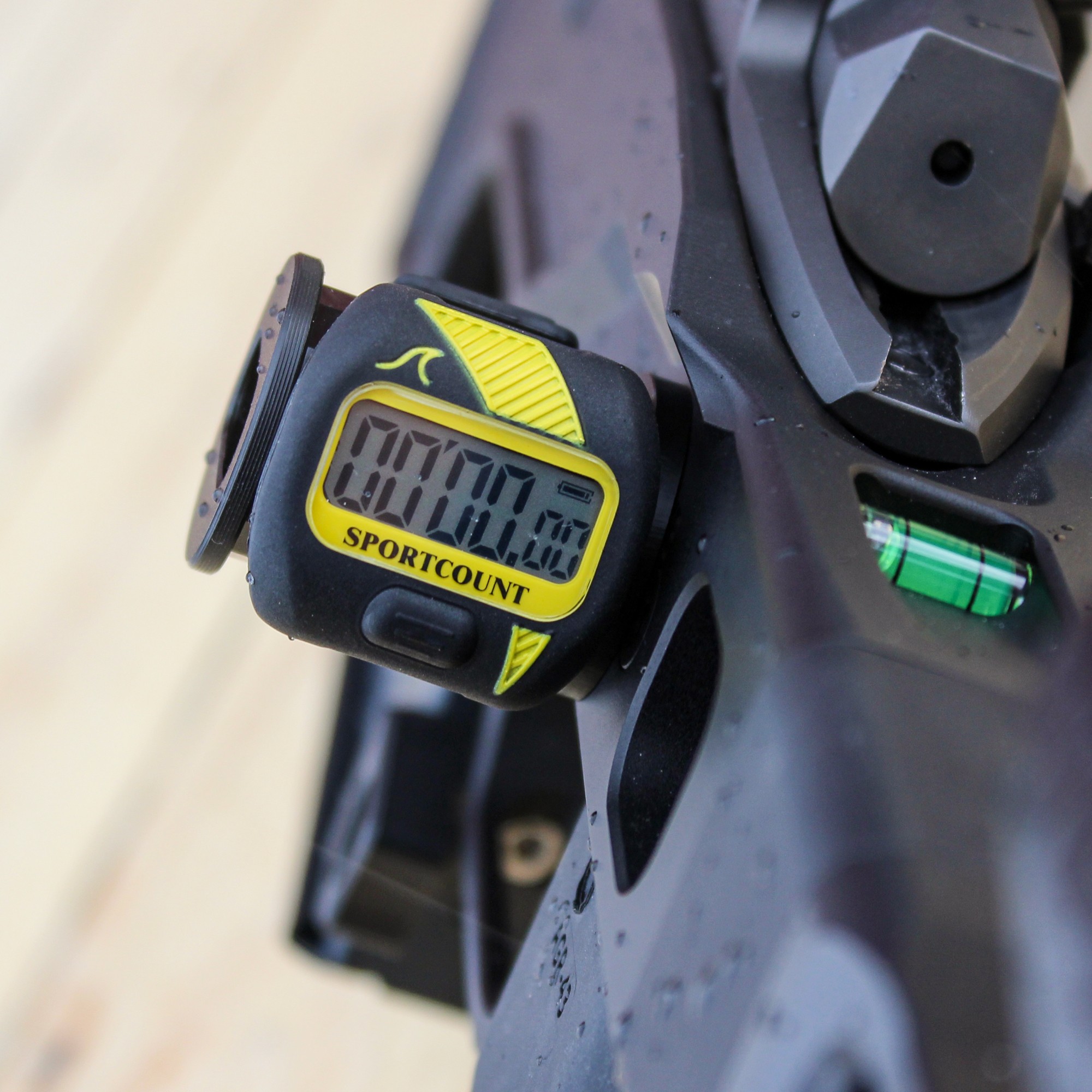
Practical vs. Competitive Shooting
When selecting a shot timer, it’s crucial to consider the specific demands of your shooting discipline. For practical shooting scenarios, such as law enforcement or military training, shot timers with rugged construction and advanced features like target sensors or wireless connectivity may be preferred. Conversely, competitive shooters may prioritize precision timing, customizable signals, and data analysis capabilities.
Indoor vs. Outdoor Use
The shooting environment, whether indoor or outdoor, can also influence the choice of shot timer. Indoor ranges may require shot timers with adjustable sensitivity to account for varying ambient noise levels, while outdoor settings may necessitate weather-resistant designs and features like glare-resistant displays for better visibility in various lighting conditions.
Budget Considerations
Shot timers come in a wide range of prices, from budget-friendly options for casual shooters to high-end models packed with advanced features for professional use. It’s important to strike a balance between your specific needs, budget, and the desired level of functionality. Many reputable manufacturers offer shot timers at various price points, catering to shooters of all levels and budgets.
Mastering Shot Timer Techniques for Enhanced Performance
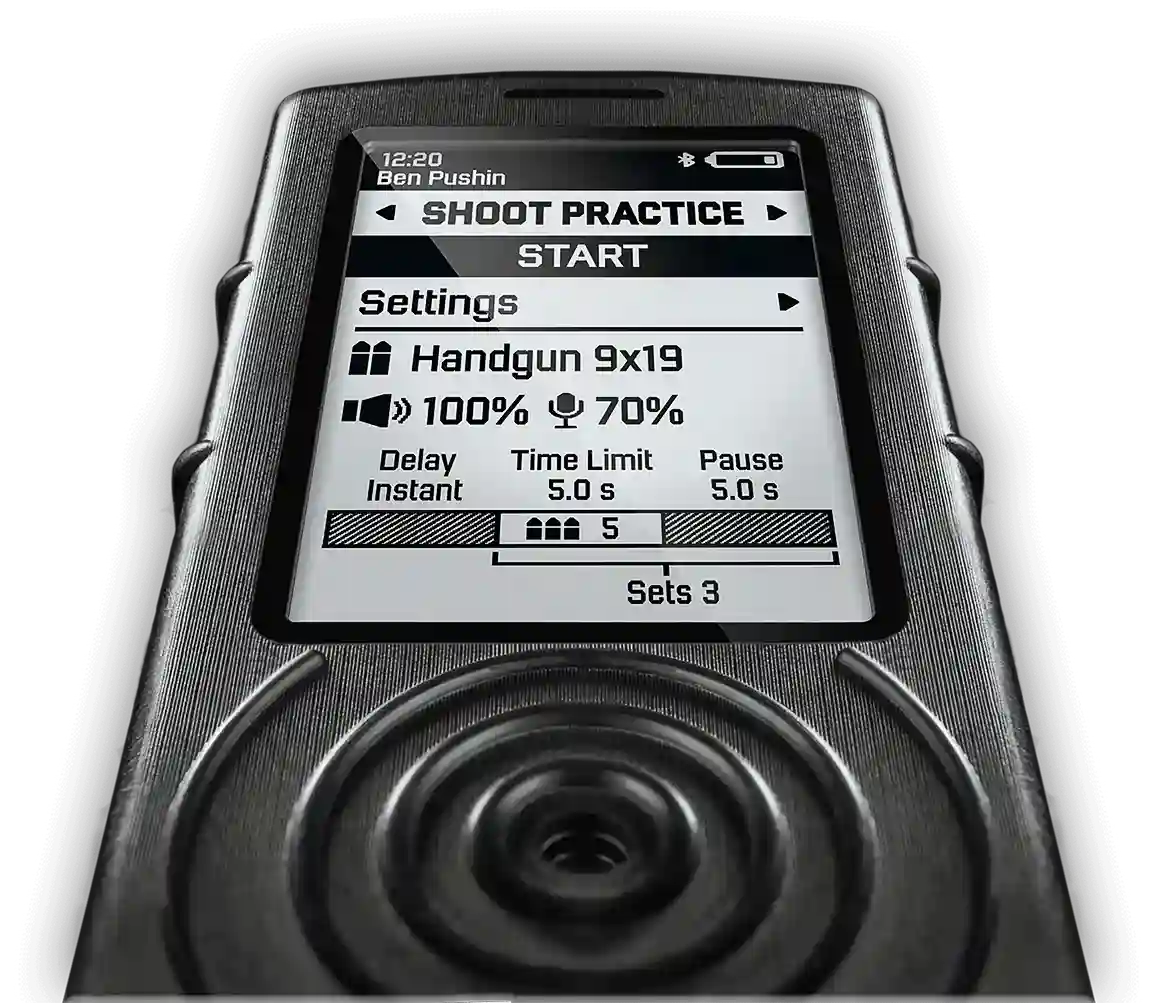
Incorporating Shot Timers into Training Drills
To truly benefit from shot timers, it’s essential to integrate them into your regular training drills. This can involve setting up timed scenarios, practicing reloads, or executing specific sequences under timed conditions. By consistently incorporating shot timers into your training routine, you’ll develop a heightened awareness of your performance and better prepare for the pressures of competition.
Developing Mental Focus and Stress Management
Shooting under timed conditions can be mentally demanding, as it introduces an element of stress and pressure. By practicing with shot timers, shooters can learn to manage this stress and maintain their focus, even in high-pressure situations. Techniques like breath control, visualization, and mental rehearsal can be invaluable in developing the mental fortitude required for optimal performance.
Analyzing and Adjusting Technique
One of the most significant benefits of shot timers is the opportunity to analyze and adjust technique based on the data they provide. By carefully reviewing split times and identifying areas for improvement, shooters can make targeted adjustments to their stance, grip, trigger press, or recoil management. This iterative process of analysis and adjustment can lead to significant improvements in overall performance.
Leveraging Shot Timers for Effective Training Drills
Timed Drills for Speed and Accuracy
Shot timers can be used to create a variety of timed drills designed to improve both speed and accuracy. These drills can range from simple target acquisition exercises to complex scenarios involving multiple targets, reloads, and movement. By introducing time constraints, shooters are forced to develop a balance between speed and precision, mimicking the demands of real-world shooting situations.
Reactive Shooting Drills
Reactive shooting drills are another powerful application of shot timers. In these drills, shooters must respond to unexpected stimuli, such as randomly activated targets or auditory cues. These drills test a shooter’s ability to quickly acquire and engage targets, while also challenging their mental focus and decision-making skills under pressure.
Dry-Fire Practice with Shot Timers
Dry-fire practice is a valuable training technique for shooters, and shot timers can enhance its effectiveness. By incorporating timed drills into dry-fire sessions, shooters can simulate live-fire scenarios and work on developing consistent trigger press, sight picture acquisition, and overall technique. This low-cost, low-risk approach allows for repetitive practice and skill refinement without the need for live ammunition.
Troubleshooting Common Shot Timer Issues
Interference and Noise Sensitivity
In some shooting environments, external factors like ambient noise or electronic interference can impact the performance of shot timers. To address these issues, it’s important to understand the sensitivity settings of your shot timer and adjust them accordingly. Additionally, positioning the shot timer strategically or using shielding materials can help mitigate interference and ensure accurate timing.
Battery Life and Power Management
Most shot timers rely on batteries for power, and battery life can be a concern, especially during extended training sessions or competitions. To maximize battery life, it’s essential to follow the manufacturer’s recommendations for battery types and power-saving features. Regular battery replacement and proper storage practices can also help ensure reliable performance.
Software and Firmware Updates
Like many electronic devices, shot timers may periodically require software or firmware updates to address bugs, add new features, or improve compatibility. It’s important to stay informed about available updates and follow the manufacturer’s instructions for installation. Neglecting updates could lead to performance issues, missed features, or compatibility problems with other devices or software.
The Role of Shot Timers in Performance Analysis
Identifying Strengths and Weaknesses
By analyzing the data provided by shot timers, shooters can gain valuable insights into their strengths and weaknesses. Split times can reveal areas where a shooter excels, such as rapid target acquisition or smooth reloads, while also highlighting areas that need improvement, like inconsistent trigger press or slow transitions between targets.
Tracking Progress and Setting Goals
Shot timer data can be invaluable for tracking progress over time and setting realistic performance goals. By comparing split times and overall times across multiple training sessions or competitions, shooters can quantify their improvements and identify areas where further progress is needed. This data-driven approach allows for more effective goal-setting and motivation to achieve those goals.
Benchmarking Against Peers and Professionals
In competitive shooting sports, shot timers can be used to benchmark a shooter’s performance against their peers or even professional shooters. By comparing split times and overall times with those of top performers, shooters can gain insights into areas where they may need to focus their training efforts Continued from above…
Advanced Shot Timer Strategies for Precision Shooting
Integrating Shot Timers with Video Analysis
For a comprehensive approach to performance analysis, some advanced shooters combine shot timer data with video analysis. By synchronizing the shot timer data with high-speed video footage of their shooting sessions, they can gain deeper insights into their technique, identifying subtle flaws or areas for improvement that may not be apparent from the timing data alone.
Customizing Shot Timer Settings
Many modern shot timers offer a wide range of customization options, allowing shooters to tailor the device’s settings to their specific needs and preferences. This can include adjusting timing parameters, start/stop signal configurations, data display formats, and even programming custom drill sequences. By taking advantage of these customization options, shooters can create highly personalized training environments that closely mimic real-world scenarios.
Incorporating Shot Timers into Virtual Training
With the increasing availability of virtual shooting simulators and training programs, shot timers can be seamlessly integrated into these digital environments. This integration allows shooters to practice in realistic, immersive scenarios while still benefiting from the precise timing and data analysis capabilities of shot timers. Virtual training combined with shot timers can be a valuable supplement to live-fire training, providing a safe and cost-effective way to hone skills and refine techniques.
Using Shot Timers to Foster Discipline and Consistency
Developing Consistent Pre-Shot Routines
One of the keys to consistent shooting performance is the development of a well-defined pre-shot routine. Shot timers can play a crucial role in reinforcing this routine by introducing timed elements and ensuring that each step is executed within a specific time frame. By consistently practicing their pre-shot routine under timed conditions, shooters can ingrain these habits and reduce the likelihood of deviations during high-pressure situations.
Maintaining Focus and Concentration
The pressure of timed shooting can be a powerful tool for developing and maintaining focus and concentration. By regularly training with shot timers, shooters can condition themselves to remain focused and composed, even under the stress of timed scenarios. This mental resilience can translate to improved performance in competitions or real-world situations where split-second decisions and unwavering concentration are critical.
Promoting Consistency and Repeatability
One of the fundamental goals in shooting sports is achieving consistency and repeatability in performance. Shot timers provide quantifiable data that can help shooters identify and eliminate any inconsistencies in their technique, whether it’s variations in split times, trigger press, or overall rhythm. By continuously striving for consistency under timed conditions, shooters can develop the muscle memory and mental discipline required for optimal performance.
The Future of Shot Timers in Shooting Sports
Integration with Wearable Technology
As wearable technology continues to advance, the potential for integration with shot timers becomes increasingly intriguing. Imagine a scenario where a shooter’s biometric data, such as heart rate, respiration, and even brain activity, could be synchronized with shot timer data. This integration could provide valuable insights into the physiological factors that influence shooting performance, enabling shooters to better understand and manage the mental and physical demands of their sport.
Augmented Reality and Virtual Training
The integration of augmented reality (AR) and virtual reality (VR) technologies with shot timers opens up exciting possibilities for training and performance analysis. AR overlays could enhance live-fire training by providing real-time feedback and data visualization, while VR environments could create immersive, customizable scenarios for shooters to practice under timed conditions. As these technologies continue to evolve, their integration with shot timers could revolutionize the way shooters train and prepare for competitions.
Artificial Intelligence and Machine Learning
The application of artificial intelligence (AI) and machine learning algorithms to shot timer data holds significant potential for performance optimization. By analyzing vast amounts of data from multiple shooters, these advanced algorithms could identify patterns, predict performance trends, and even suggest personalized training regimens or technique adjustments. This data-driven approach could help shooters gain a competitive edge by leveraging the power of AI to continuously refine their skills and strategies.
Conclusion
As technology continues to evolve, the future of shot timers in shooting sports promises even more exciting advancements, with the potential for integration with wearable devices, augmented reality, and advanced machine learning algorithms. By embracing these cutting-edge technologies and leveraging the power of data-driven analysis, shooters can stay ahead of the curve and unlock new levels of performance and mastery in their chosen discipline.
